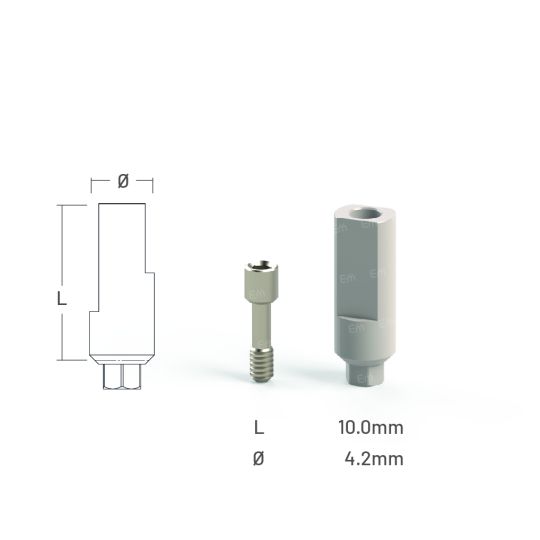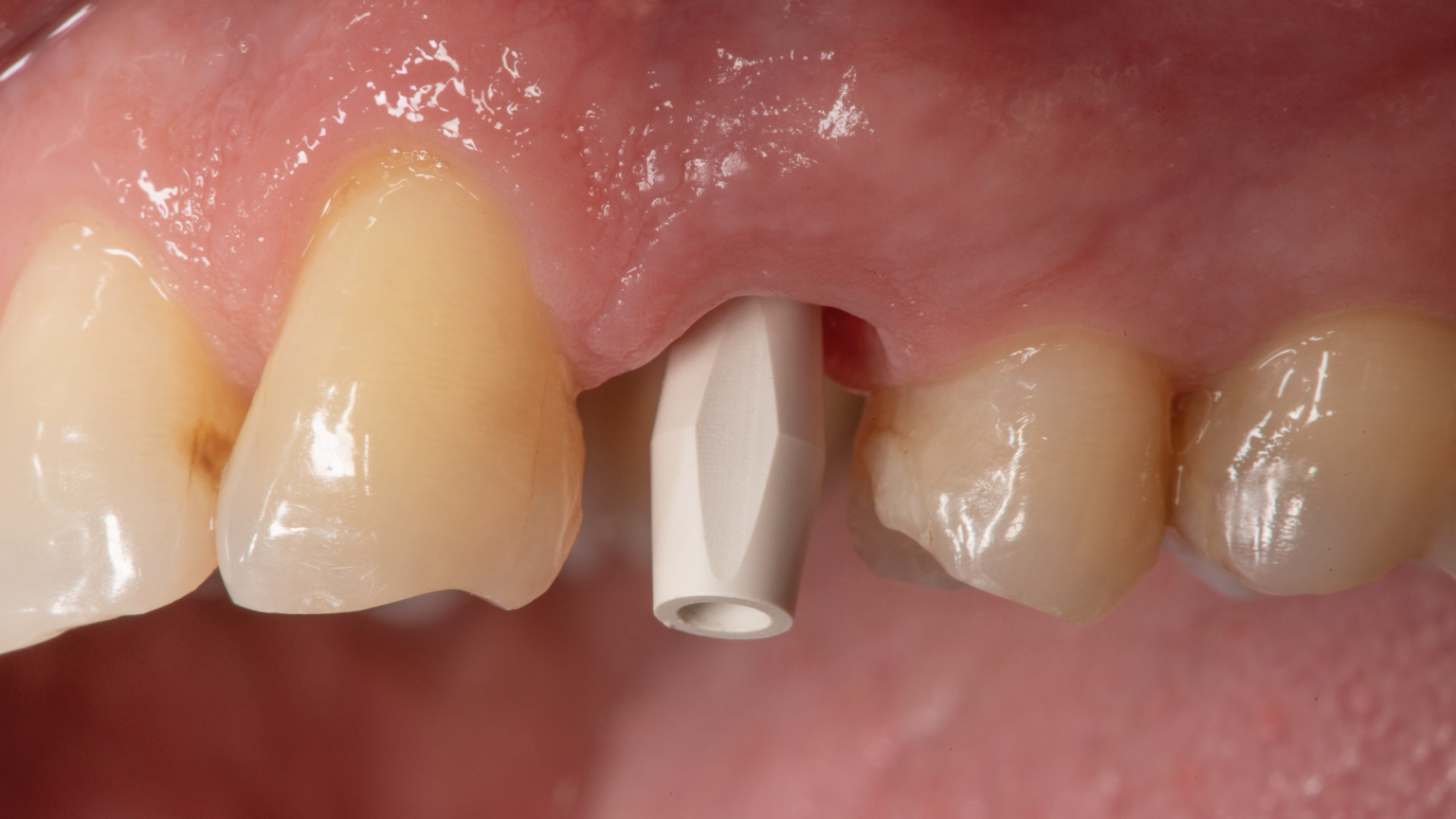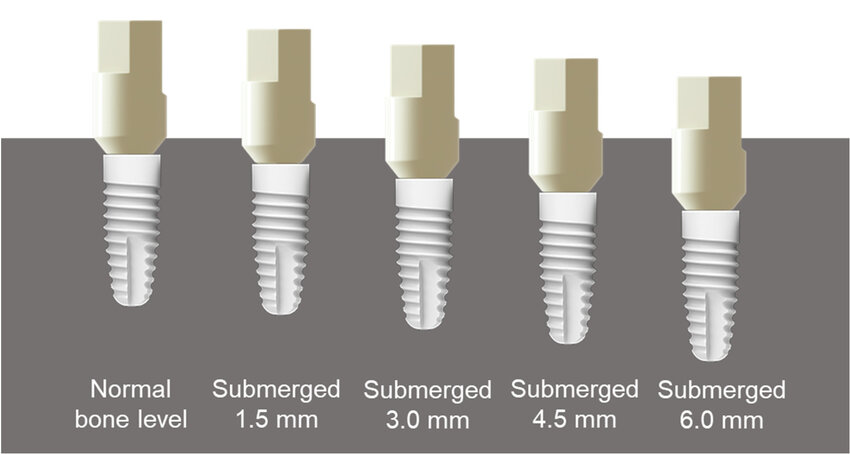Implant-level scan bodies enable precise digital impressions for dental restorations. Explore Manners Technology's advanced solutions for accuracy and efficiency.


An implant-level scan body is a vital component in modern dental implantology, used to capture precise three-dimensional data directly from the implant itself. It allows for highly accurate digital impressions, which are crucial for designing custom prosthetics such as crowns, bridges, and dentures. The use of horizontal scan body for implant abutment is essential for achieving optimal alignment and ensuring the success of dental restorations.

By integrating cutting-edge technology and expertise into every step of the manufacturing process, Manners Technology provides dental professionals with the tools they need to achieve precision and efficiency in their restorative workflows.
The implant-level scan body plays an integral role in the digital workflow of dental restorations. Below are several key applications in which implant-level scan bodies are crucial:
Implant-level scan bodies allow for precise recording of implant position, depth, and angulation. The direct connection to the implant ensures that all digital impressions reflect the true position of the implant in the patient’s mouth, which is vital for accurate prosthetic design. This is particularly important in complex cases where implants may have been placed at unique angles or in challenging anatomical regions. Without implant positioning scan bodies, achieving the proper alignment of the final restoration would be difficult.

With the digital impressions taken from the implant-level scan body, dental professionals can create highly customized prosthetics that fit the patient’s implant precisely. By using advanced software and CAD/CAM systems, the data captured from the dental horizontal scan body can be used to design crowns, bridges, or dentures that not only match the implant position but also accommodate the patient's unique oral anatomy, ensuring both functional and aesthetic outcomes.
Implant horizontal scan bodies streamline the entire workflow by allowing direct scanning of the implant itself, bypassing the need for traditional impressions. This results in quicker turnaround times for both the dentist and the laboratory. Digital impressions are more accurate and less intrusive for the patient, providing an overall better experience.
In cases where multiple implants are involved, these horizontal scan bodies are indispensable for ensuring correct spacing, alignment, and angulation across the entire arch. They allow for a comprehensive view of the implant positions, making it easier to design multi-unit restorations, such as implant bridges or full-arch prostheses.
At Manners Technology, we understand the critical role that CAD/CAM implant scan bodies play in the digital restoration process. Our manufacturing expertise allows us to produce precision-crafted scan bodies that meet the highest standards of fit and accuracy, ensuring seamless integration with implant systems and CAD/CAM workflows.
The manufacturing of implant level scan bodies involves several precise steps to ensure they meet the exacting demands of modern dental practices. The materials used for implant scan bodies must meet strict biocompatibility and durability requirements. Typically, titanium is used for its strength and biocompatibility, though high-performance polymers like PEEK are also used in some cases.

The core of manufacturing implant level scan bodies lies in high-precision machining, by Manners’ 5-axis longitudinal lathe with an extra B-axis. The turning process ensures the accurate diameter and implant interface, which can vary based on the implant system. The threads, designed to fit the implant screw, are machined with extremely tight tolerances to ensure secure attachment. After the turning process, milling is used to refine key features like the internal screw channel and interface geometry (hexagonal or conical). These features ensure the dental scan body securely fits onto the implant and allows for precise scanning. Milling operations also help refine the overall profile to meet the exact specifications required for seamless integration with CAD software.
Manners leverages state-of-the-art CNC machinery, which the milling and forming in one go to avoid errors, ensuring the highest levels of precision in every implant positioning scan body we produce. Swiss-type longitudinal lathe and Citizen high precision level machine allow us to create complex geometries and intricate features with micron-level accuracy.
Once the scan body is machined to its final form, surface treatments are applied to enhance its performance. For titanium scan bodies, anodization is typically used to improve corrosion resistance and enhance biocompatibility. Polishing and surface conditioning are also performed to ensure smooth edges and eliminate any burrs or rough surfaces that might affect the fit or scanning accuracy. For polymer scan bodies, specialized laser etching or surface coatings may be applied to reduce friction and improve wear resistance.
After machining and surface finishing, each implant level scan body undergoes rigorous quality control inspections, to ensure that all critical dimensions, including thread sizes and interface geometry, meet strict tolerances. Additionally, optical inspections ensure the surface finish is flawless, and compatibility tests confirm that the horizontal scan body fits the implant securely. At Manners Technology, our advanced manufacturing capabilities, including automated feeding systems, multi-axis machining, and comprehensive quality control processes, ensure that every implant horizontal scan body meets the exacting demands of the dental industry.